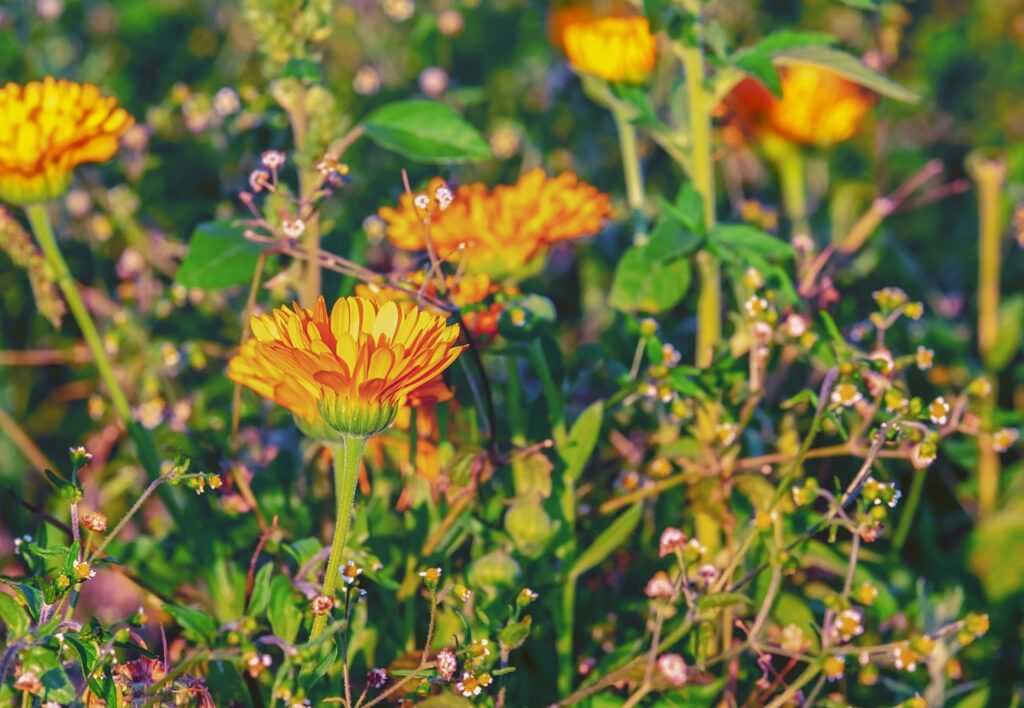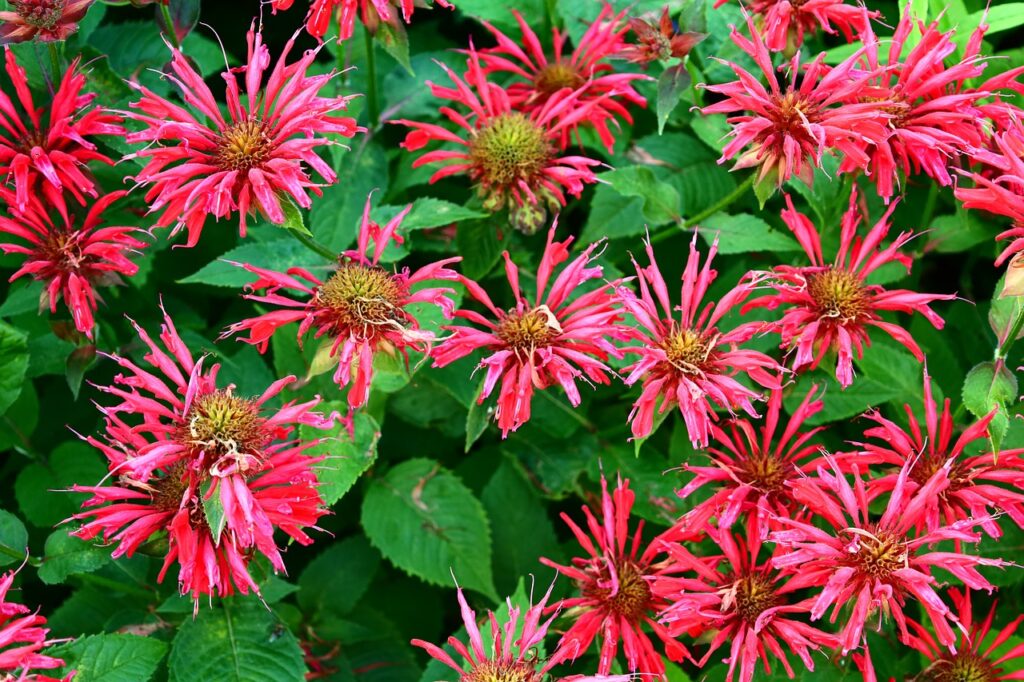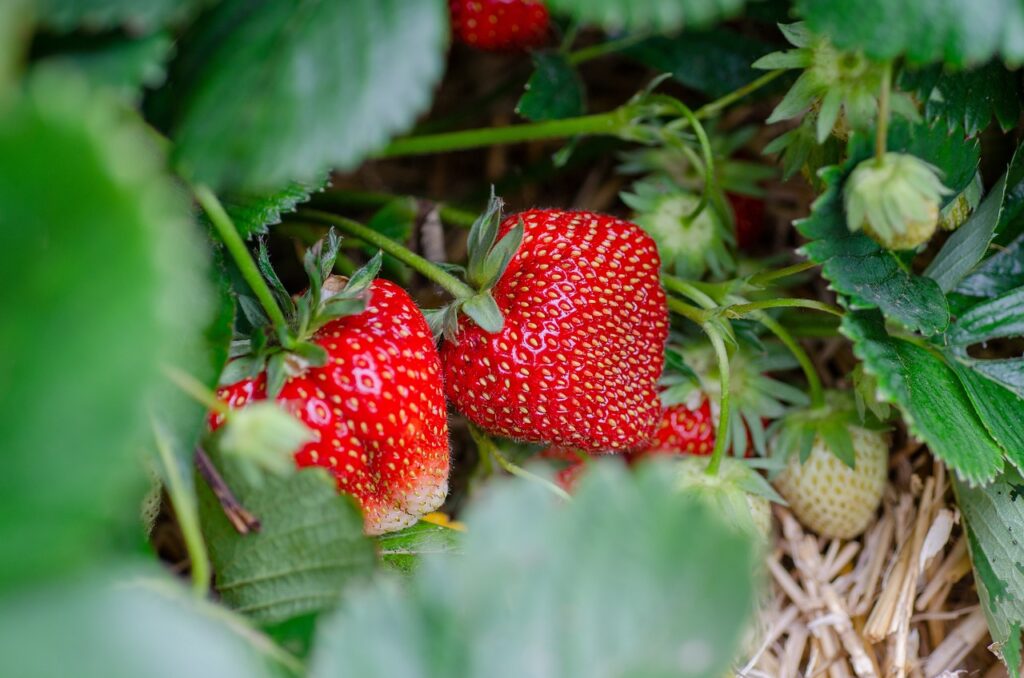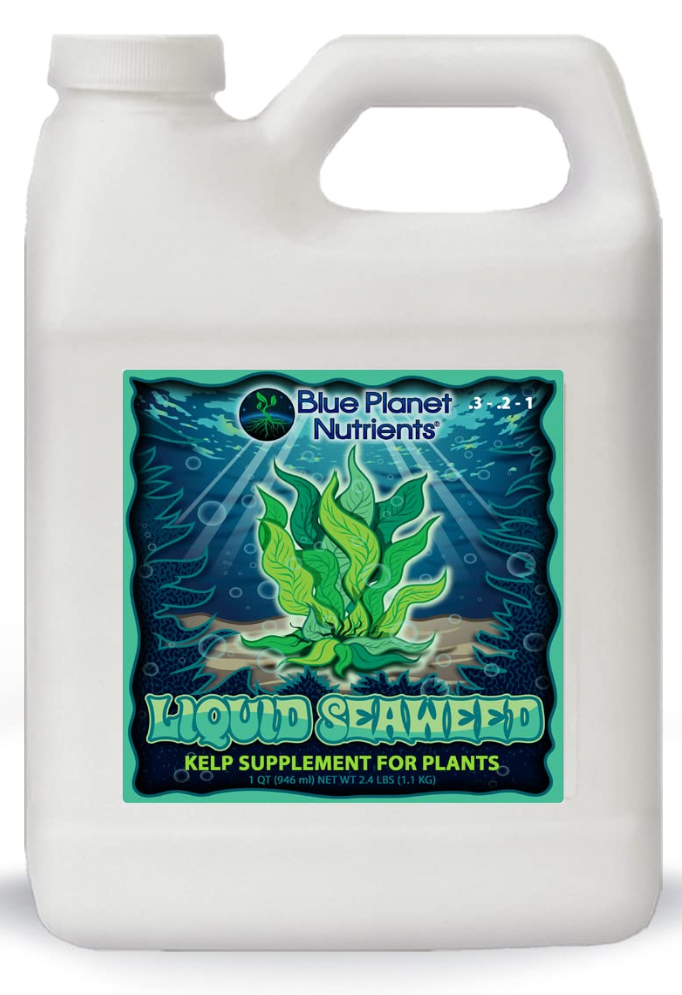Spring maintenance for your garden in includes a number of simple tasks. We have listed out several items to get completed in your garden to prepare you for the best growing season.

What Maintenance Do I Need to Do for My Garden in the Spring?
Spring is an exciting time for gardening as new growth begins and the garden comes back to life. Here are some important tasks to complete for spring garden maintenance:
Clean Up Debris
Remove dead plants, leaves, and other debris from your garden beds. This will help prevent the spread of diseases and pests and will make your garden look neat and tidy. For instance, dead leaves should be removed and added to your compost bin. However, do not place diseased plants into your compost, as it may add the disease back into your garden.
Prepare Soil
Turn over the soil in your garden beds and add compost or other organic matter to improve soil health and fertility. The growing season requires a high demand of nutrients in the soil. It is highly recommended to maintain the soil health before planting. Additionally, soil should be treated throughout the spring season to ensure a good harvest of crops. Fertilizing and adding compost are the most common ways to improve soil.
If you are unsure if your soil is ready for the planting season, you may test your soil using a soil test kit or service. A soil test kit will allow you to see if your soil is lacking in any specific nutrients. Therefore, allowing you the opportunity to find the correct methods to fixing it.
We like this soil kit from Amazon: https://amzn.to/3kqVVIj
Plant New Crops
Choose the right plants for your garden based on your climate and soil, and plant them according to their specific requirements. Being in zone 8, our climate allows for a longer growing season. Crops such as tomatoes, peppers, and squashes can be started after the last spring frost (typically in March or Early April).
After your new crops have established and begun producing. It is important to harvest the fruits of your labor regularly to encourage continued growth. Additionally, maintenance should be completed on your crops. Remove diseased plants, or plants that have died. Resow or replant to replace crops that are failing.
Water Regularly
Water your garden regularly, especially during dry periods. Be sure to water deeply to encourage root growth. As a general rule of thumb, most plants require 1 to 1.5 inches of water per week, including rain and irrigation. This roughly translates to 1 to 3 times per week. Before watering your garden, check the soil moisture. Use your fingers or a soil moisture meter to check the moisture level. If the soil feels dry to the touch, it is time to water. If the soil is still moist, you can wait a day or two before checking again.
Fertilize
Apply fertilizer to your garden beds according to the specific requirements of your crops. You may need to choose a fertilizer that provides specific nutrients, such as nitrogen, phosphorus, or potassium. You can choose an organic or synthetic fertilizer, depending on your preference.
Follow the manufacturer’s instructions for applying the fertilizer and be sure to apply it evenly over the soil.Avoid applying fertilizer directly to the leaves or stems of plants, as this can burn them. After applying the fertilizer, water your garden thoroughly to help the nutrients soak into the soil and reach the plant roots.
For a more natural way to fertilize instead of using synthetic fertilizers, use organic alternatives. Compost, manure, or fish emulsion are great options. These options can be beneficial for soil health and can help reduce the risk of chemical buildup in the soil. Additionally, you can soak banana peels in water, or even weeds in water to create a “weed tea” that acts as a fertilizer.
However, if you want to purchase your own fertilizer, we recommend this seaweed fertilizer from Amazon: https://amzn.to/3lXGGHw
Dead Head Flowers
Dead head flowers or remove flowerheads regularly in your flower or herb garden to promote more growth. When flowers are clipped regularly, they produce more blooms. Additionally, when herbs are cut back, they create a bushier growth.

Control Pests And Diseases
Stay vigilant for signs of pests and diseases, and take action as needed to control them. There are many natural methods for controlling pests in the garden, including using companion planting, introducing beneficial insects, and using homemade sprays made from natural ingredients like garlic, pepper, or soap. Additionally, you may utilize companion planting in your garden to give your crops the best success. Feel free to reference our guide on What Plants Are the Best for Companion Planting.
Regularly inspect your plants for signs of pests or disease, such as holes in leaves or discoloration. Early detection can help prevent the spread of pests or disease to other plants. Additionally, you may reference our article on Common Garden Helpers for a list of insects and bugs that can help in your garden space.
Add Mulch For Moisture and Weed Control
Apply a layer of mulch to your garden beds. Mulch will help conserve moisture and regulate soil temperature and will also help suppress weeds. A layer of 4 to 6 inches of mulch is recommended. Straw, wood chips, or grass clippings may be used as mulch. Additionally, “leaf mulch” or crushed dried leaves will work as well. However, leaf mulch will break down faster than the other options.
By completing these tasks, you’ll be taking important steps to care for your garden and to ensure its success in the coming months. It’s important to be proactive and to take the time to care for your garden in the spring, as this will help ensure that it is healthy and productive throughout the growing season.

Seeds and Plants for Spring in Zone 8
In the early spring months, cold hardy fruits and vegetables may be sown directly into the soil. Other more temperature sensitive crops such as tomatoes, or peppers may be started indoors. Additionally, flowers are an excellent plant to start in the spring. Some may be sown as seeds, others do better as transplants.
Flowers grown from bulbs should be started in the fall months to allow them to establish roots before spring arrives. However, flower bulbs such as daffodils, tulips and crocuses may be available for purchase in the spring months.
For a full reference of what to plant in the spring months, check out our Spring Garden Guide for Fruits and Vegetables, where we break down planting from seed and transplant by month.

Other Maintenance for your Spring Garden
In addition to the spring maintenance tasks we have stated in the earlier parts of this article, there are a few other miscellaneous things you can complete to have the most beautiful spring garden yet.
- Dump standing water to prevent mosquito breeding.
- Fill up bird feeders to give the birds something to eat other than your garden.
- Set up a hummingbird feeder to attract them as wonderful pollinators.
- Clean bird baths and water dishes thoroughly
- Add a bird house.
- Mow grassy lawns.
- Apply lawn fertilizers and treatments.
- Set up a rain catching system to retain the spring rainwater.
- Plant wildflowers native to your area for extra pollinating power from the bees!
Continue Reading with our Articles on Spring Gardening
Recent Posts
In general, to harvest your own seeds, you must choose mature, healthy plants, allow seeds to dry out, and remove the seeds when they are completely dry. However, this process will look different for...
A guide on how to store and organize seeds for your garden. Vegetables, flowers, herbs, or anything you are wanting to grow. How to Store Your Seeds Proper storage of garden seeds is essential...


